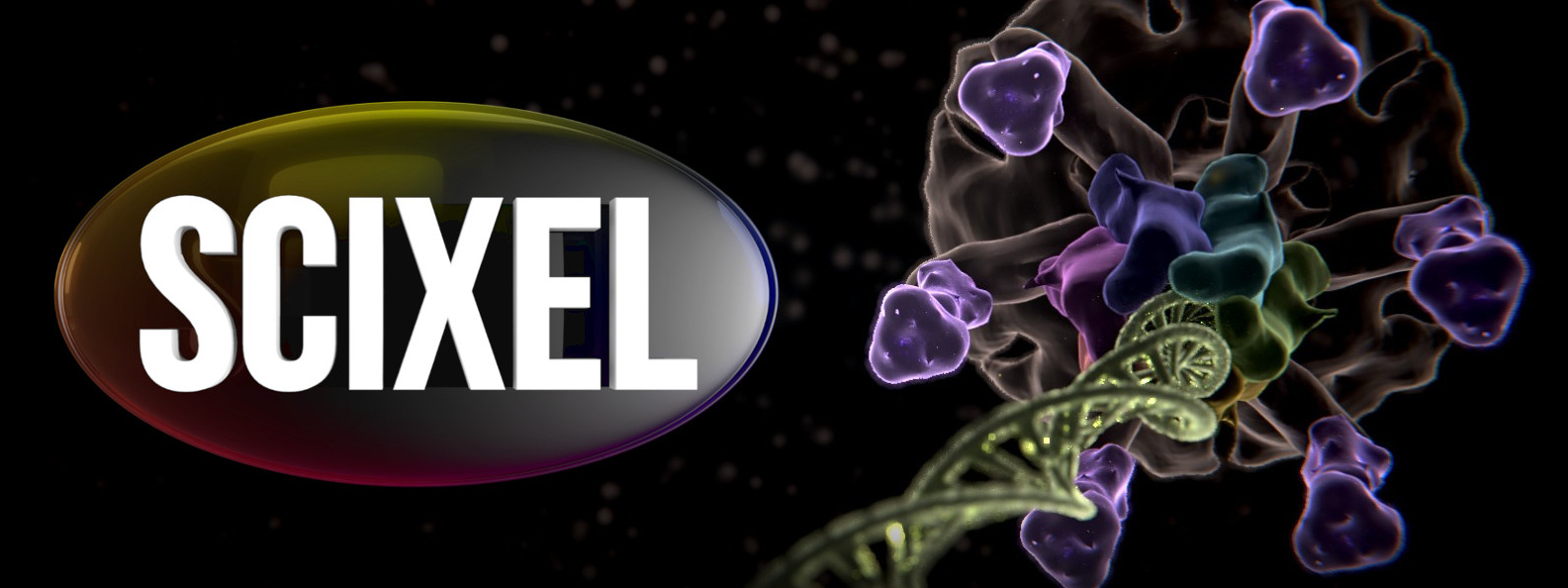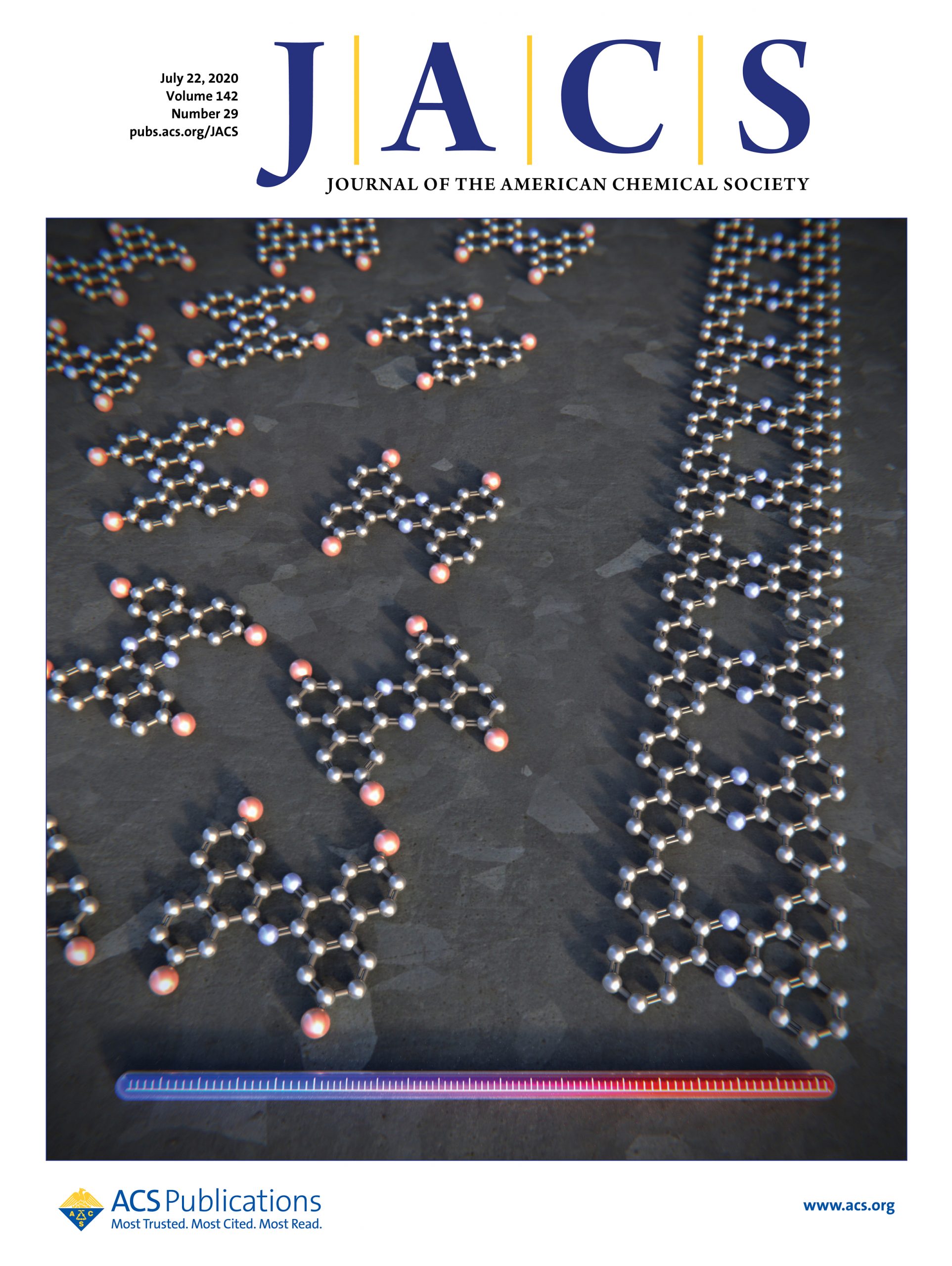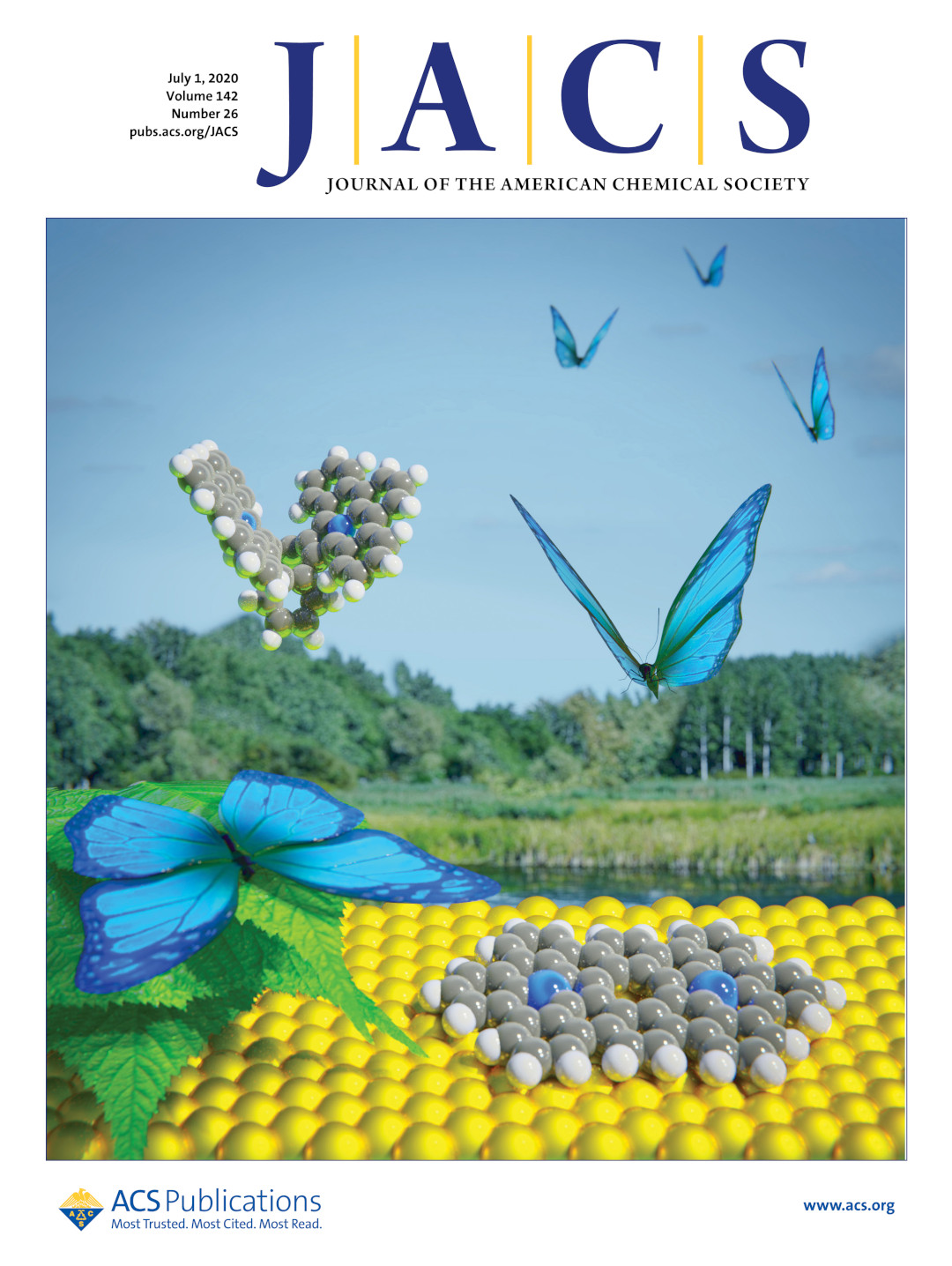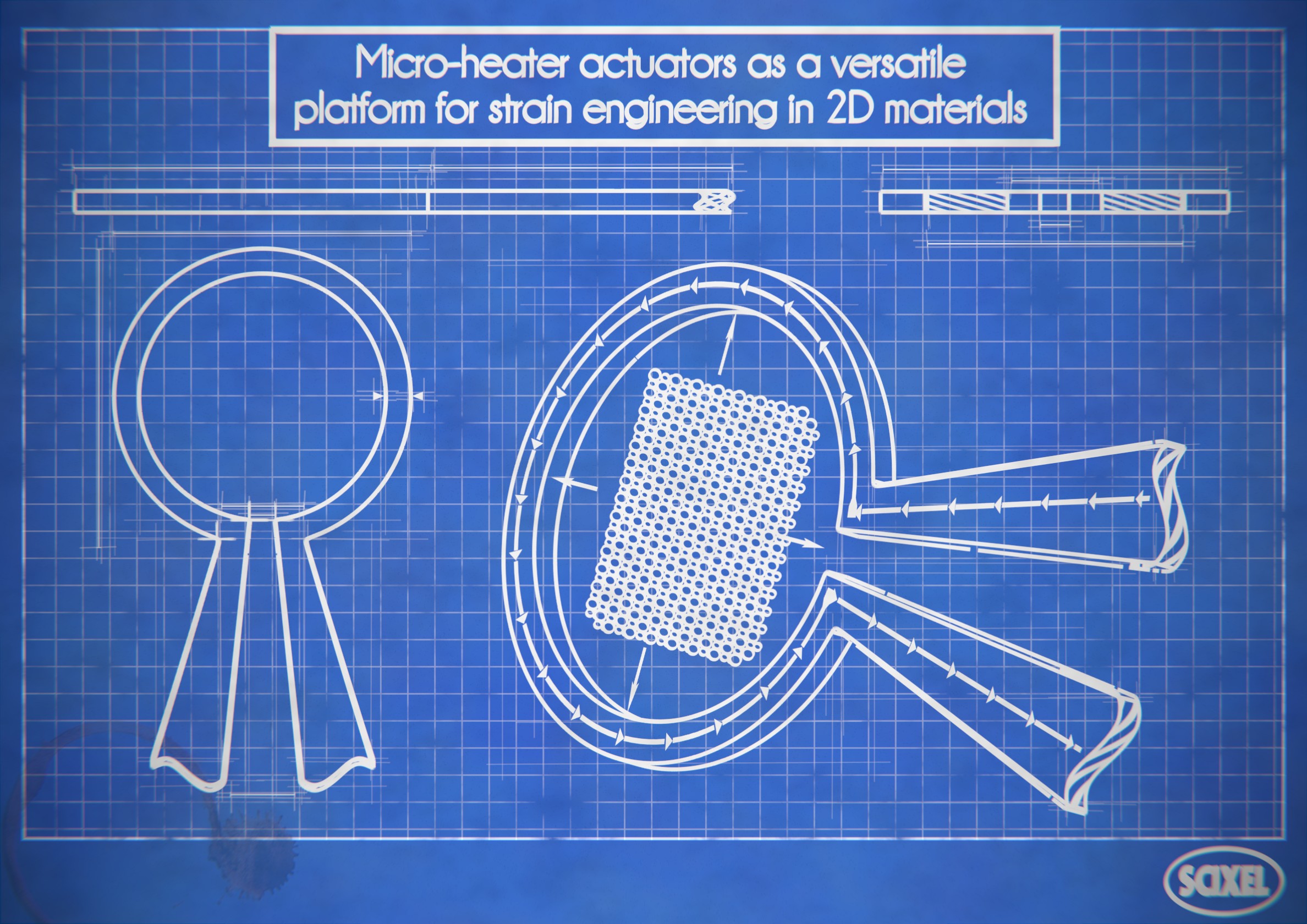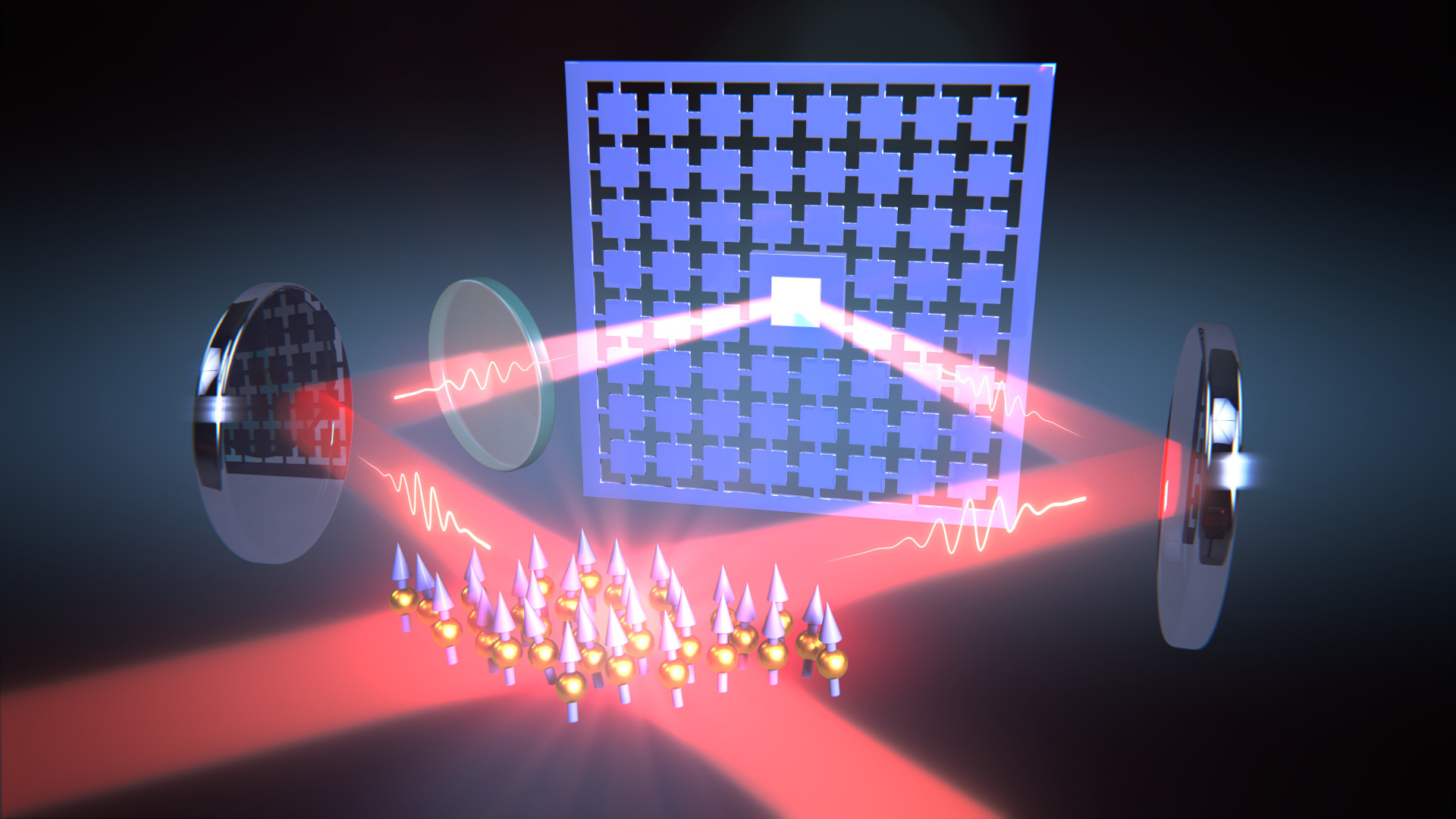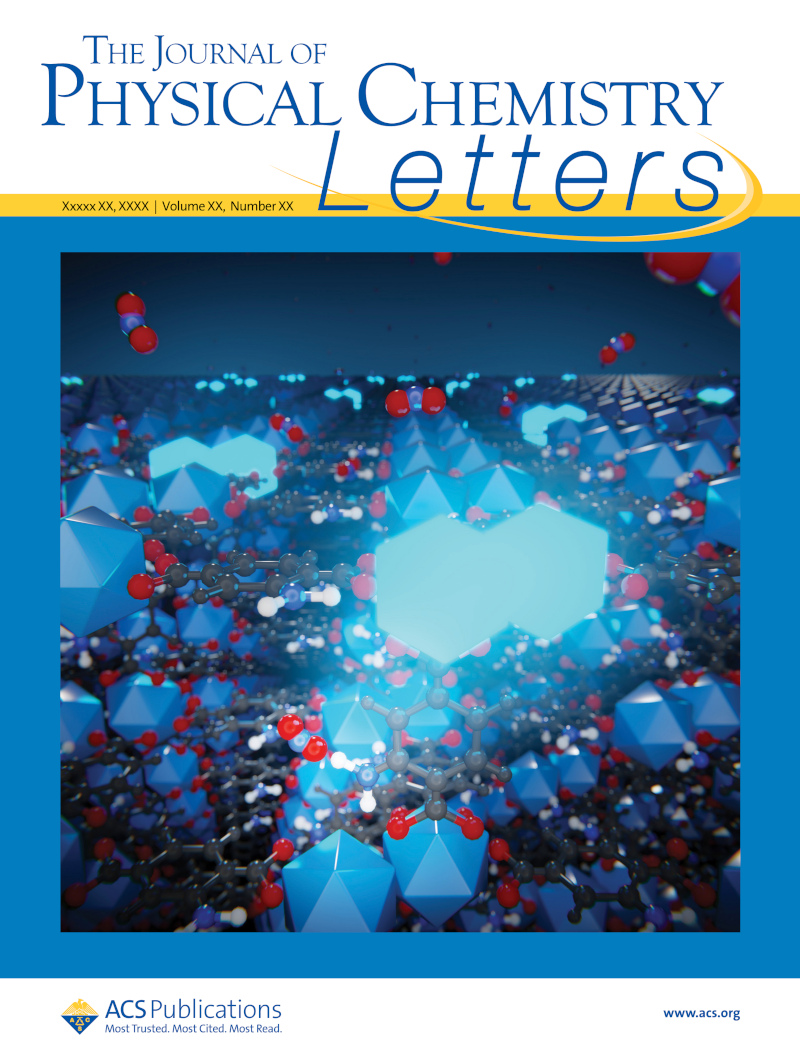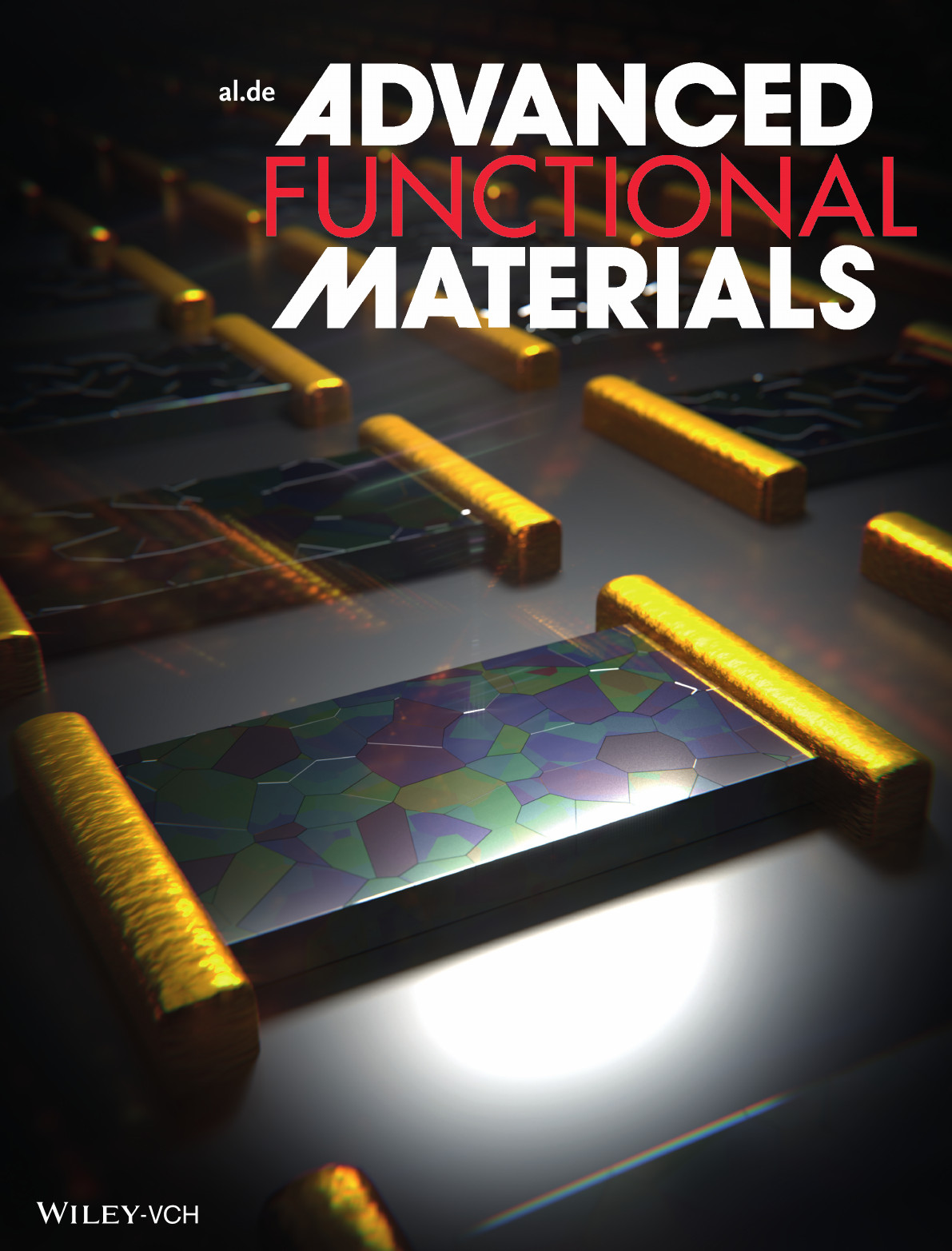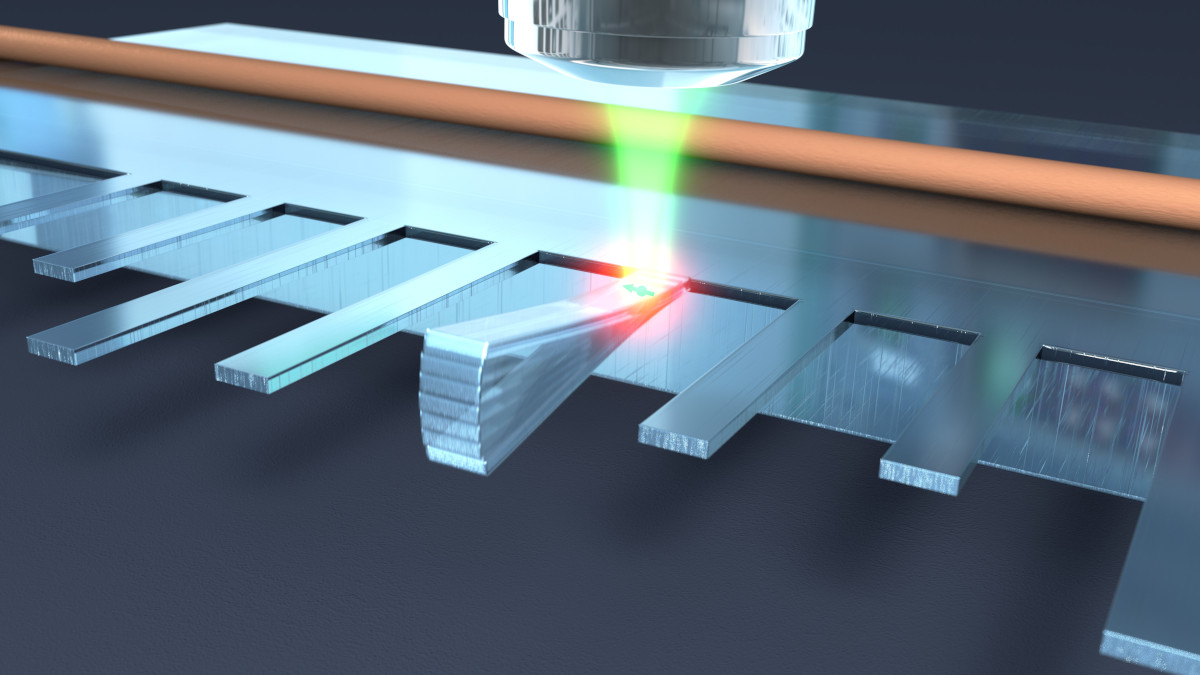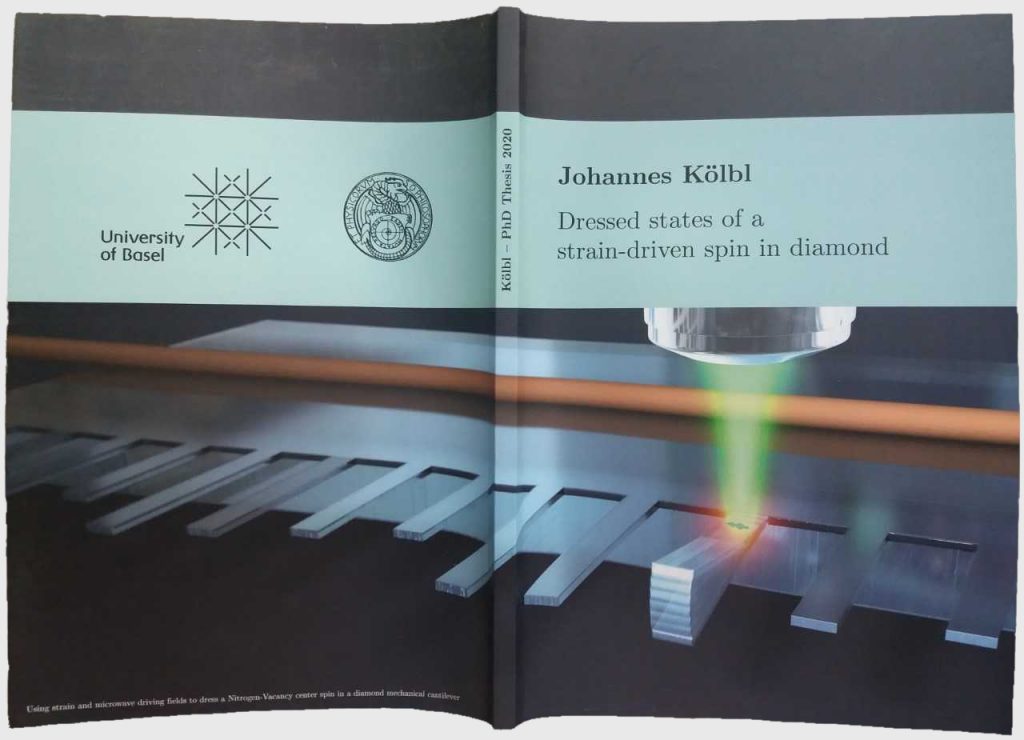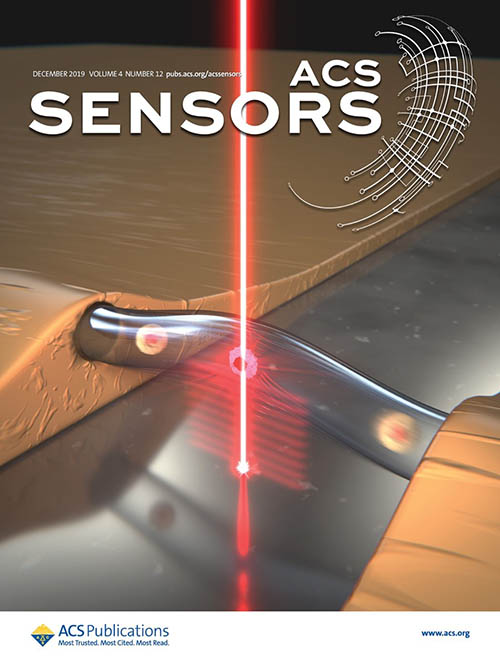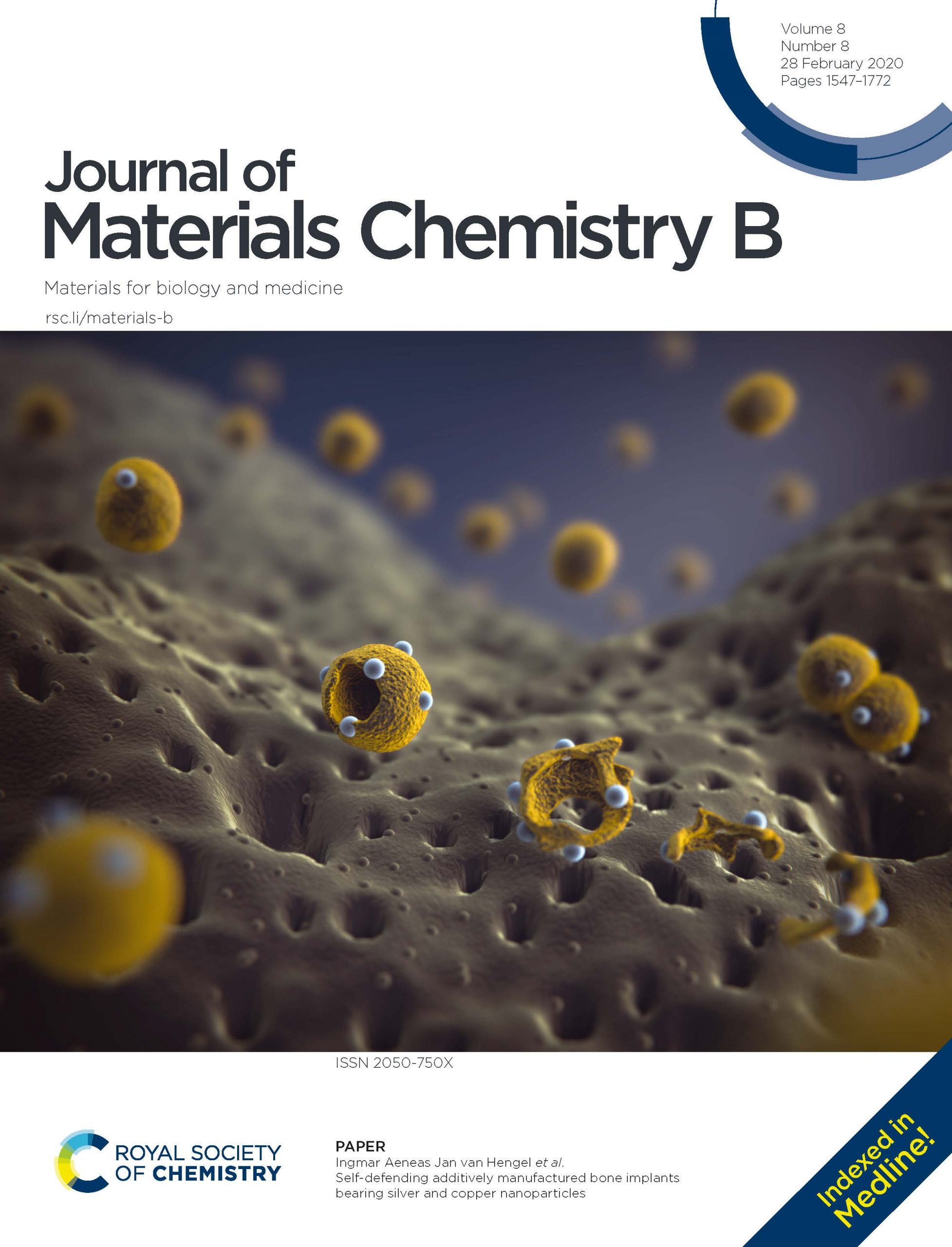The level of control chemistry is reaching in the synthesis of graphene is mind-blowing. At the Department of Physics in Basel University, together with the University of Bern, Warwick and Lancaster, nitrogen-doped porous graphene nanoribbons (N-GNRs) were synthesized for the first time.
These N-GNRs are ladder-like molecules whose crystal lattice contains both periodic pores and a regular pattern of nitrogen atoms. And interestingly, these molecules don’t behave as conductors, as graphene does, but as semiconductors, making them very attractive in electronic applications.
We did this picture to illustrate the synthesis of the N-GNRs on request of Prof. E. Meyer and under the close supervision of Dr. Shi-Xia Liu.
